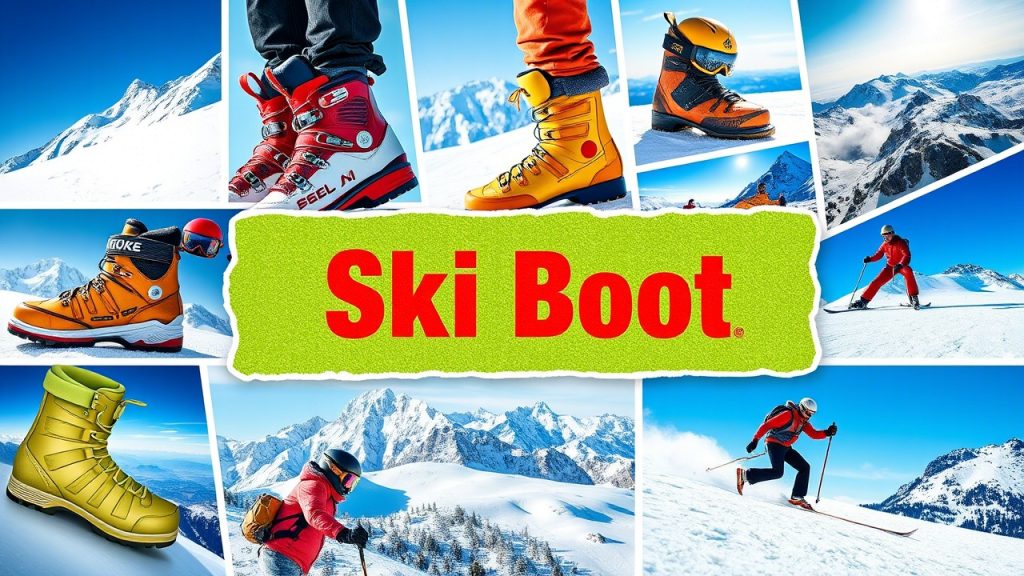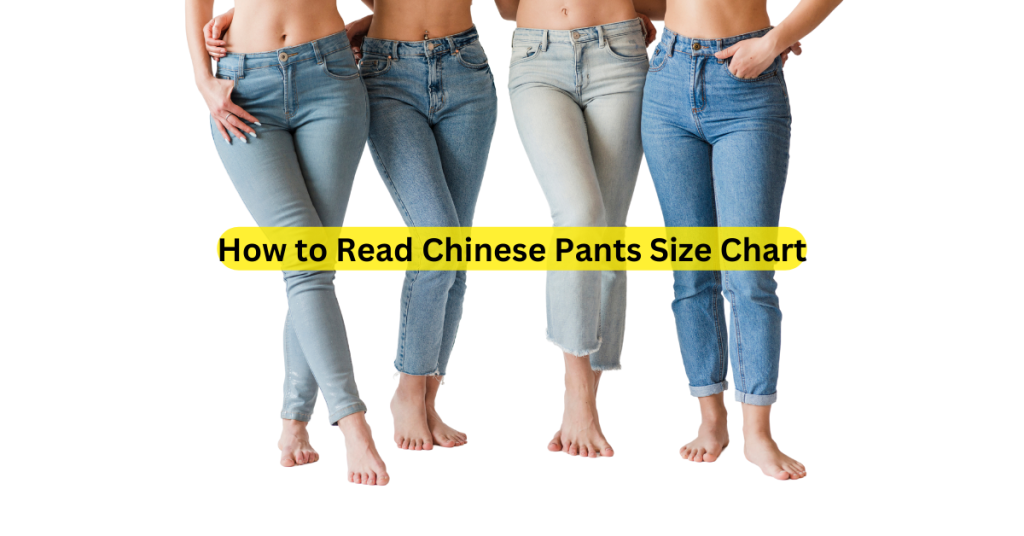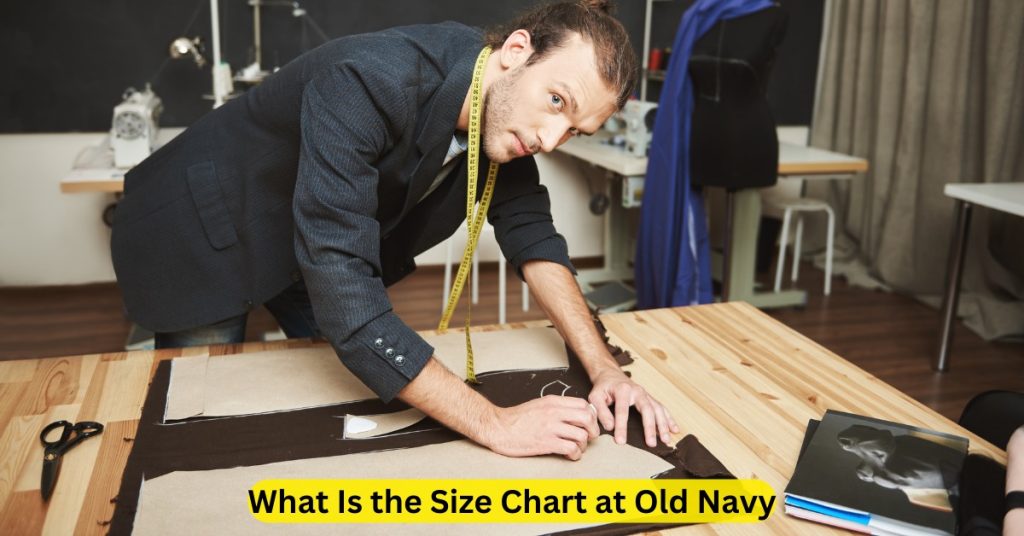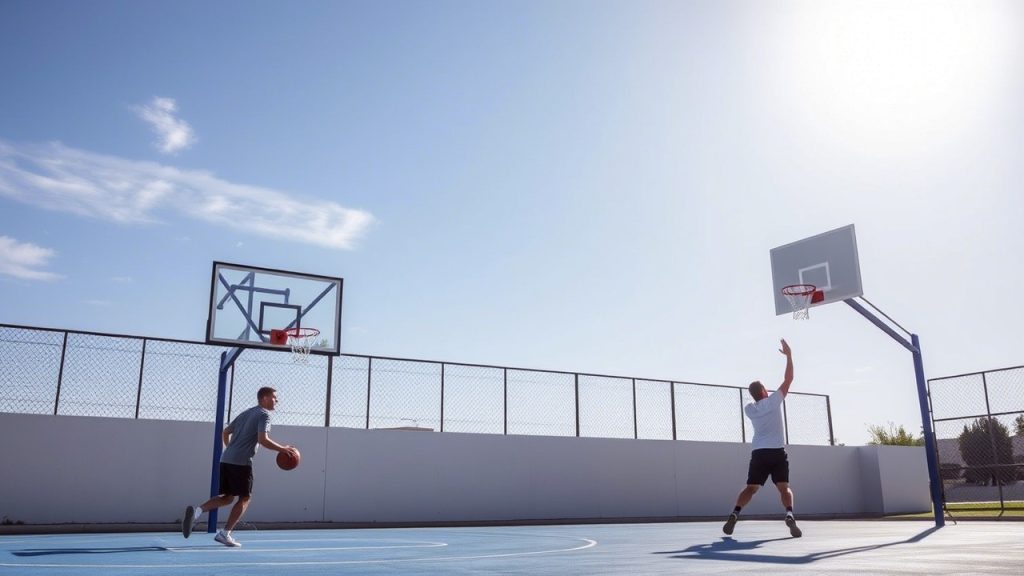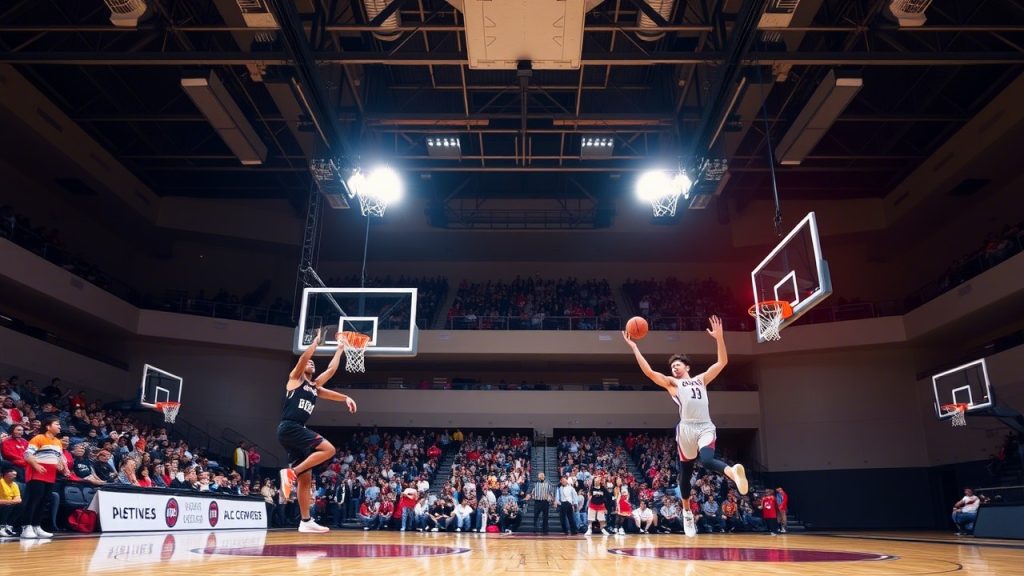25 Best Ski Boot Size Chart Ideas to Boost Skiing Performance
When it comes to skiing, having the right equipment is paramount, and one of the most crucial pieces of gear is your ski boots. Your ski boots are your direct connection to the skis, and they play a significant role in enhancing your comfort, control, and performance on the slopes.
Choosing the right ski boot size and understanding how to select boots that suit your foot shape, skiing style, and ability level can make all the difference in your experience. We will explore 25 ski boot size chart ideas to boost your skiing performance and help you choose the perfect ski boot for your needs.
Why Ski Boot Size is So Important for Performance
Ski boots are designed to keep your feet secure and comfortable while offering the precise amount of control and flexibility needed for optimal performance. A ski boot that is too tight can lead to discomfort and numbness, while one that is too loose can hinder your ability to control the skis, making your skiing experience less efficient and potentially more dangerous.
The correct size ensures:
- Better control: When your feet are snug and secure, you can transfer more power and precision to your skis, enhancing your overall control.
- Improved comfort: A well-fitting ski boot prevents foot pain, fatigue, and other discomforts that can interfere with your enjoyment of the sport.
- Optimal performance: Whether you’re skiing for leisure or pushing your limits in competitive skiing, the right fit allows you to perform at your best.
With these goals in mind, let’s dive into the 25 best ski boot size chart ideas that will help you improve your skiing performance.
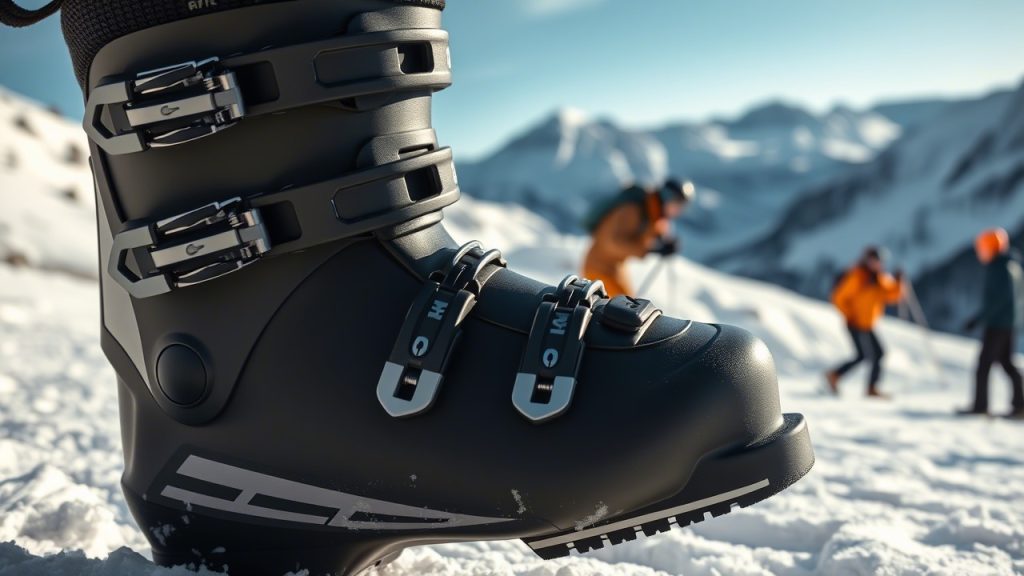
1. Mondo Point Size Chart
The Mondo Point system is the most widely used sizing system for ski boots. It refers to the length of the foot in centimeters. Mondo Point sizing allows you to determine the ski boot size that fits your foot length. Below is a basic Mondo Point Size Chart:
| Mondo Point Size | Foot Length (cm) | U.S. Men’s Size | U.S. Women’s Size |
|---|---|---|---|
| 22.0 | 22.0 cm | 5 | 6 |
| 23.0 | 23.0 cm | 6 | 7 |
| 24.0 | 24.0 cm | 7 | 8 |
| 25.0 | 25.0 cm | 8 | 9 |
| 26.0 | 26.0 cm | 9 | 10 |
| 27.0 | 27.0 cm | 10 | 11 |
| 28.0 | 28.0 cm | 11 | 12 |
| 29.0 | 29.0 cm | 12 | 13 |
2. Boot Width (Last) Chart
In addition to the length of your foot, the width is another critical factor in choosing the right ski boot. Ski boots are available in different widths (often referred to as the “last”). A boot with the proper width will ensure that your foot stays snug but not too tight.
| Boot Width | Description |
|---|---|
| Narrow (98-100mm) | Ideal for narrow feet |
| Medium (100-102mm) | Standard for most feet |
| Wide (102-104mm) | Ideal for wide feet |
3. Flex Rating Chart
The flex rating of a ski boot determines how stiff or flexible the boot is. A higher flex rating means the boot is stiffer, offering better control but less comfort, ideal for advanced skiers. A lower flex rating is more forgiving and comfortable, making it perfect for beginners.
| Flex Rating | Skiing Style | Ideal Skier Level |
|---|---|---|
| 50-70 | Beginner | Soft flex for comfort |
| 70-90 | Intermediate | More responsiveness |
| 90-110 | Advanced | Precision and control |
| 110-130 | Expert/Professional | Maximum performance |
4. Ski Boot Sole Length Chart
The sole length of your ski boot determines the size and compatibility of your ski bindings. Ensuring that the sole length matches your ski bindings is crucial for safety and performance.
| Mondo Point Size | Sole Length (mm) |
|---|---|
| 22.0 | 270 mm |
| 23.0 | 280 mm |
| 24.0 | 290 mm |
| 25.0 | 300 mm |
| 26.0 | 310 mm |
5. Women’s Ski Boot Size Chart
Women’s ski boots are designed with a narrower cuff to accommodate women’s lower calf shape. Here’s a chart to help women find the ideal ski boot size based on Mondo Point sizing.
| Mondo Point Size | Foot Length (cm) | U.S. Women’s Size |
|---|---|---|
| 22.5 | 22.5 cm | 5.5 |
| 23.5 | 23.5 cm | 6.5 |
| 24.5 | 24.5 cm | 7.5 |
| 25.5 | 25.5 cm | 8.5 |
| 26.5 | 26.5 cm | 9.5 |

6. Kid’s Ski Boot Size Chart
For children, selecting the right ski boot size is essential for safety and comfort. The following size chart helps ensure your child’s boots fit properly.
| Mondo Point Size | Foot Length (cm) | U.S. Kid’s Size |
|---|---|---|
| 18.5 | 18.5 cm | 11 |
| 19.5 | 19.5 cm | 12 |
| 20.5 | 20.5 cm | 13 |
| 21.5 | 21.5 cm | 1 |
7. Heat-Moldable Liner Size Chart
Heat-moldable liners are a popular feature in modern ski boots. They allow the boot to conform to the shape of your foot for a more personalized fit. This chart helps identify which liner option best suits your foot type.
| Liner Type | Ideal For |
|---|---|
| Standard Liner | Average feet with typical volume |
| High Volume Liner | Wider or higher volume feet |
| Low Volume Liner | Narrow or low-volume feet |
8. Custom Footbed Size Chart
A custom footbed can enhance your comfort and skiing performance by providing arch support and cushioning. This chart helps you choose the best footbed for your foot shape.
| Footbed Type | Ideal For |
|---|---|
| Standard Footbed | Most skiers with normal arches |
| High Arch Footbed | Skiers with high arches |
| Flat Footbed | Skiers with flat feet |
9. Boot Stiffness vs. Skiing Style Chart
Selecting the right boot stiffness is crucial for maximizing performance based on your skiing style. Here’s how flex affects different styles of skiing:
| Skiing Style | Flex Rating | Ideal Flex Rating |
|---|---|---|
| Alpine Skiing | 90-120 | Medium to stiff |
| Freestyle Skiing | 70-100 | Soft to medium |
| Touring Skiing | 60-100 | Soft to medium |
10. Ski Boot Length Chart for Performance
The length of your ski boot affects the overall control and comfort you experience on the slopes. Here’s a guide to help you determine which boot length suits your skiing level.
| Skiing Ability | Boot Length | Ideal Boot Fit |
|---|---|---|
| Beginner | Shorter Boot | Less control, more comfort |
| Intermediate | Medium Length | Balanced control and comfort |
| Expert | Longer Boot | Maximum control and responsiveness |
11. Temperature Considerations for Ski Boots
Temperature plays a big role in the comfort and performance of your ski boots. If you often ski in extremely cold conditions, consider boots with insulation or heated insoles.
| Temperature Range | Recommended Boot Type |
|---|---|
| 0°C to -10°C | Insulated boots with liners |
| -10°C to -20°C | Boots with heated insoles |
| -20°C and below | Custom insoles and extra insulation |

12. Ski Boot Fit for Flat Feet
Flat feet require special consideration when selecting ski boots. Custom footbeds or boots with good arch support are ideal for flat-footed skiers.
| Foot Type | Recommended Boot Type |
|---|---|
| Flat Feet | Custom footbeds with arch support |
| High Arches | Boots with more support and cushioning |
| Normal Arches | Standard ski boots with medium volume |
13. Ski Boot Fit for High Arches
If you have high arches, it’s important to choose ski boots that provide the right amount of support to avoid discomfort. Look for boots with higher arches or custom footbeds.
| Foot Type | Recommended Boot Type |
|---|---|
| High Arches | Custom footbeds with good arch support |
| Flat Feet | Boots with lower volume or less arch support |
14. Ski Boot Sizing for Wide Feet
If you have wide feet, finding the right ski boot can be challenging. Look for boots that offer a wider fit or those with a high-volume liner.
| Foot Type | Recommended Boot Type |
|---|---|
| Wide Feet | High-volume ski boots or wide-fit boots |
| Narrow Feet | Standard-width boots for a snug fit |
15. Women’s Ski Boot Custom Fit
Many women’s ski boots come with a built-in custom fit system that allows for adjustments in the shell or liner to enhance comfort and performance.
| Custom Fit Features | Description |
|---|---|
| Adjustable Cuff | Allows adjustments for calf fit |
| Women-Specific Liner | Conforms to the female foot shape |
| Flex Adjustability | Flex adjustments for varying skill levels |
16. Choosing Ski Boots for Narrow Feet
If you have narrow feet, it’s essential to pick boots with a narrower last. These boots will provide a snug fit and prevent your feet from sliding around.
| Foot Type | Recommended Boot Type |
|---|---|
| Narrow Feet | Boots with a narrow last or low-volume fit |

17. Best Ski Boots for All-Mountain Skiing
For all-mountain skiers who enjoy a mix of terrain, the ideal ski boot offers versatility, comfort, and control across a variety of conditions.
| Skiing Style | Recommended Boot Type |
|---|---|
| All-Mountain | Medium-flex boots with adjustable features |
18. Best Ski Boots for Powder Skiing
Powder skiers need boots that offer excellent cushioning, support, and mobility, especially when deep snow and unpredictable terrain come into play.
| Skiing Style | Recommended Boot Type |
|---|---|
| Powder Skiing | Boots with a softer flex and more range of motion |
19. Best Ski Boots for Racing
Racing boots are designed for speed and precision, with a stiffer flex and tight fit for maximum control.
| Skiing Style | Recommended Boot Type |
|---|---|
| Racing | High-flex boots with precise adjustments for fit |
20. Boots for Ski Touring
Touring boots offer flexibility for climbing and comfort for descending. These boots need to balance comfort, lightweight construction, and performance.
| Skiing Style | Recommended Boot Type |
|---|---|
| Touring | Lightweight, adjustable boots with both climbing and downhill capability |
21. Choosing Boots for Freestyle Skiing
Freestyle skiers need boots with good cushioning and flexibility to handle tricks, jumps, and park skiing.
| Skiing Style | Recommended Boot Type |
|---|---|
| Freestyle | Soft to medium flex with good shock absorption |
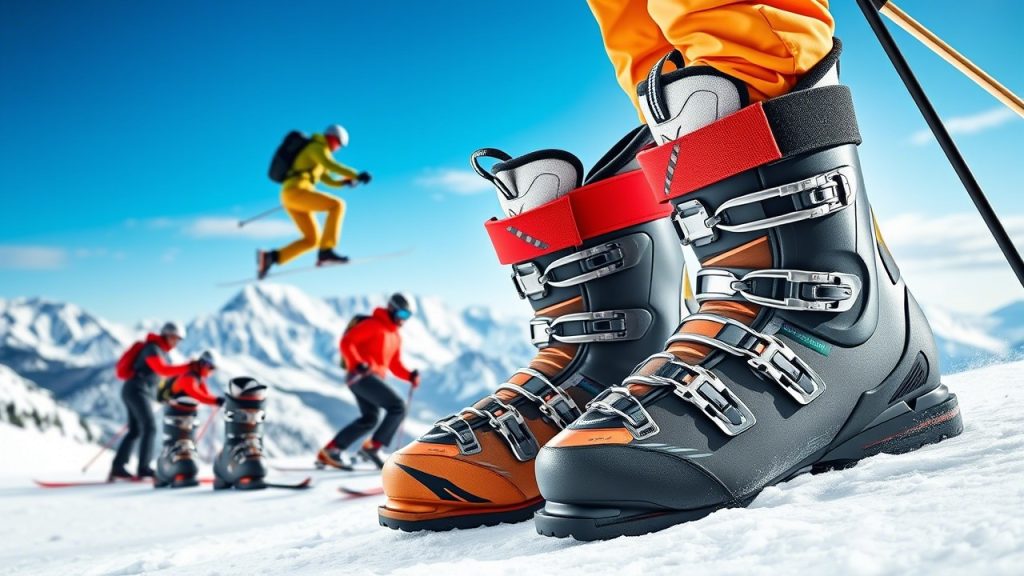
22. Boot Fit for Skiers with Wide Ankles
Skiers with wider ankles need boots that can accommodate this feature. A boot with a higher volume or custom shell can help alleviate discomfort.
| Foot Type | Recommended Boot Type |
|---|---|
| Wide Ankles | Boots with a higher volume or a custom fit |
23. Heat Moldable Boot Liner Chart
Heat moldable liners conform to the shape of your foot for a personalized fit. This is ideal for skiers who want the most custom comfort and performance.
| Liner Type | Ideal For |
|---|---|
| Moldable Liner | Skiers who want a personalized fit |
| Non-Moldable Liner | Skiers who prefer a standard fit |
24. Sizing Boots for Different Skiing Abilities
Matching your boot size to your ability level ensures a more comfortable and responsive fit on the slopes. More advanced skiers require stiffer boots for greater control.
| Skiing Ability | Recommended Boot Type |
|---|---|
| Beginner | Softer flex with a forgiving fit |
| Advanced | Stiffer flex with precise control |
25. Proper Boot Fit for All-Day Comfort
Skiing for long periods demands boots that provide not only performance but also comfort. Look for boots with an ergonomic design and cushioning features.
| Skiing Style | Recommended Boot Type |
|---|---|
| All-Day Comfort | Well-padded, medium to soft flex |
FAQs About Ski Boot Sizing and Performance
- What’s the difference between Mondo Point and U.S. shoe sizes? Mondo Point measures the length of your foot in centimeters, while U.S. shoe sizes are based on a different system. Always use Mondo Point for ski boot sizing.
- How tight should my ski boots be? Ski boots should be snug but not painful. Your toes should lightly touch the front of the boot when standing but pull away when flexing your knees.
- What’s the best ski boot flex for a beginner? Beginners should opt for a softer flex (50-70) to allow for more comfort and easier control.
- Should ski boots be different from regular boots in size? Yes, ski boots fit differently than regular boots, so it’s essential to check the Mondo Point size for accuracy.
- Can ski boots stretch over time? Yes, ski boots can stretch and mold to your foot shape, especially if they have heat-moldable liners.
- How do I know if my ski boots are too big or too small? If your ski boots are too big, you’ll feel movement inside the boot, and you may have reduced control. If they’re too small, you’ll feel pain, pressure points, and discomfort.
- What do I do if my ski boots feel too tight around my toes? Try adjusting the buckles or using thinner socks. If that doesn’t help, you may need a professional boot fitter to adjust the fit.
- Can I use my ski boots for other sports? Ski boots are designed specifically for skiing, and using them for other activities could damage the boots and cause discomfort.
- What is the benefit of custom footbeds? Custom footbeds provide extra support, alignment, and comfort, which can improve skiing performance and reduce foot fatigue.
Conclusion
Selecting the right ski boots is essential to maximizing your performance on the slopes. By understanding the different sizing systems, flex ratings, and fitting considerations, you can choose boots that enhance your control, comfort, and overall experience. Whether you’re a beginner, an expert, or somewhere in between, these 25 ski boot size chart ideas will help guide you to the perfect pair of boots for your skiing needs. Happy skiing!

